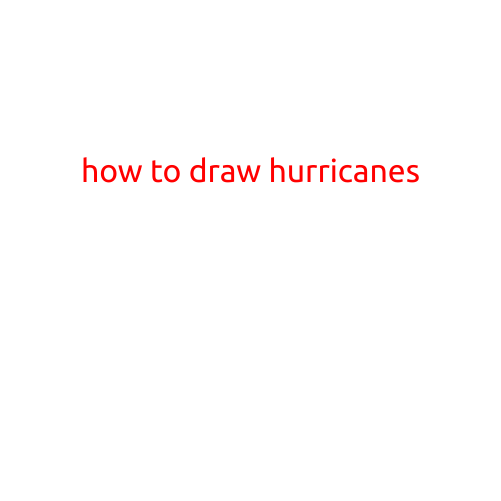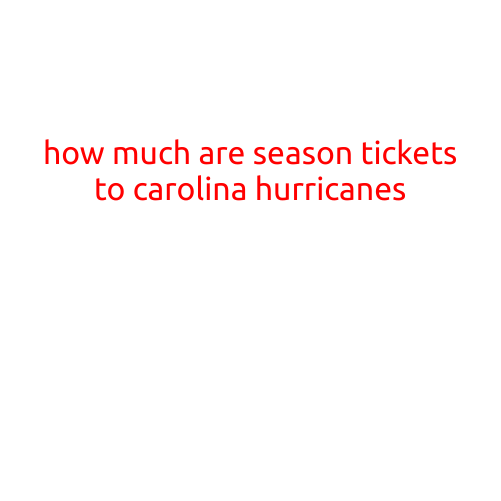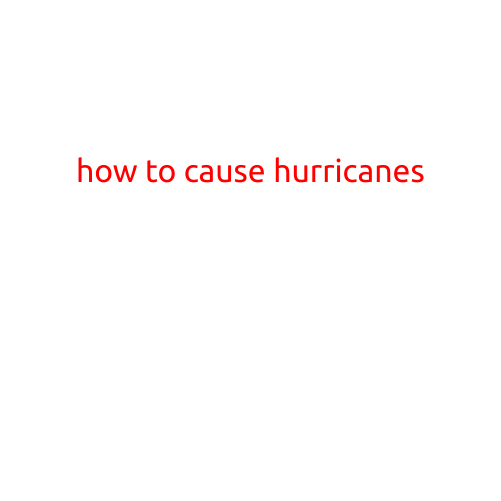
How to Draw Hurricanes: A Step-by-Step Guide
Hurricanes are powerful and awe-inspiring natural disasters that can be both fascinating and intimidating. As an artist, learning how to draw hurricanes can be a great way to capture their intensity and beauty. In this article, we’ll take you through a step-by-step guide on how to draw hurricanes, from their swirling clouds to their powerful eyewalls.
Step 1: Sketch the Cloud Band
A hurricane is characterized by its distinctive cloud band, also known as the eyewall. To start drawing your hurricane, begin by sketching a wide, curved line to represent the outer edge of the cloud band. Make sure to keep the line smooth and rounded, as hurricanes are known for their perfect cylindrical shape.
Step 2: Add the Cloud Layers
Hurricanes are made up of multiple layers of clouds, ranging from high-altitude cirrus clouds to low-lying stratus clouds. To add depth and dimension to your drawing, layer your clouds by starting with the thinnest, wispiest clouds at the top and gradually building up to thicker, more opaque clouds at the bottom.
Step 3: Draw the Eyewall
The eyewall is the most intense part of the hurricane, where the winds are at their strongest and the pressure is at its lowest. To draw the eyewall, start by sketching a narrow, curved line that runs parallel to the outer edge of the cloud band. Make sure to keep the line tight and smooth, as the eyewall is a critical part of the hurricane’s structure.
Step 4: Add the Rain and Wind Patterns
Hurricanes are known for their heavy rainfall and powerful winds, which can cause significant damage and disruption. To add these effects to your drawing, use watercolor or colored pencils to create swirling patterns that evoke the storm’s energy and movement. You can also add some wispy lines to suggest the wind direction and speed.
Step 5: Add the Center of the Storm
The center of the hurricane is known as the eye, where the winds are calm and the skies are clear. To draw the eye, start by sketching a small circle that represents the calm center of the storm. You can add some details such as clouds, light rays, or even a tropical island in the distance to give the impression of calm and serenity.
Step 6: Add Final Details
Finally, add some final details to your drawing by considering the surrounding environment and the effects of the hurricane on the landscape. You can add some waves, floodwaters, or even debris scattered around the area to give a sense of the storm’s impact.
Tips and Tricks
- To capture the movement and energy of the hurricane, try experimenting with different brushstrokes and texture.
- Consider adding some colors to your drawing to evoke the emotions and atmosphere of the storm. Blues and greens can represent the stormy weather, while yellows and oranges can highlight the warm, sunny areas.
- Don’t forget to add some perspective and depth to your drawing by using different shading and layering techniques.
Conclusion
Drawing hurricanes can be a challenging but rewarding experience that allows you to capture the awe-inspiring power and beauty of these natural disasters. By following these steps and tips, you can create a stunning and realistic drawing that showcases the intensity and energy of a hurricane. Remember to experiment and have fun with different techniques and styles to make your drawing truly unique and special.





